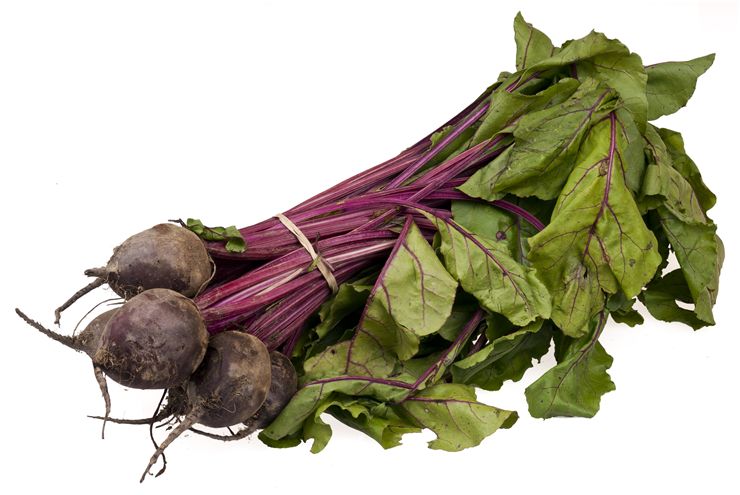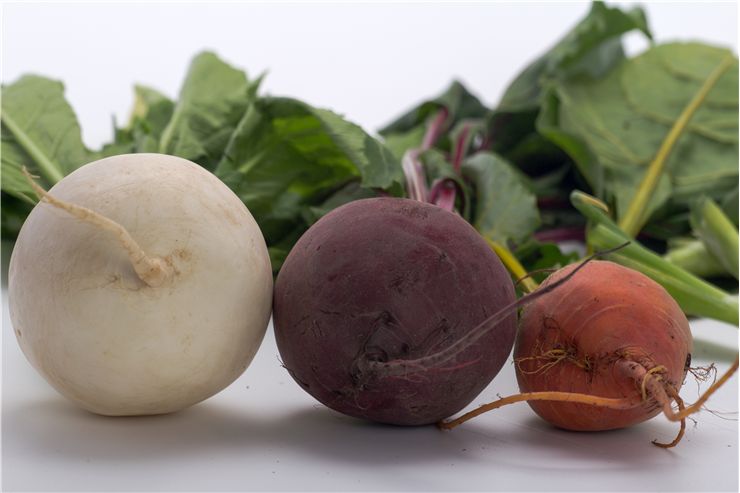History of Beetroot - Historical Uses of Beetroots
Beetroot (sometimes called table beet, garden beet, red or golden beet, or just beet) is a taproot part of the beet plant. It is used for nourishment, but it also has use in food coloring and medicine. It can be used anywhere between raw to heavily processed.
Oldest archeological proofs that we used beetroot in ancient times were found on the Neolithic site of Aartswoud in the Netherlands and in Saqqara pyramid at Thebes, Egypt, which dates from the time of the Third Dynasty (third millennium BC). There are Assyrian texts that say that beetroots were growing in the Hanging Gardens of Babylon in the 800 BC but these are a bit problematic because we still don't know if Hanging Gardens ever existed so we don't know for sure if we can place beetroots there, but we can be positive that Mesopotamia knew about beetroots at that time. Ancient Greeks cultivated beetroot around 300 BC. They didn't use the roots of the plant and only ate the leaves. They nevertheless respected the root and offered it to the sun god Apollo in the temple of Delphi. They also considered it to be worth its weight in silver. Hippocrates used leaves of beetroot for binding and dressing wounds while Talmud, written in 4th and 5th century, advises eating beetroot, among other things, for longer life. Romans on the other ate roots but mainly for medicinal purposes. They used it as a laxative or to cure fever. There were some that used it as food: Apicius, famous Roman gourmet, wrote a book called “The Art of Cooking” and in it gave recipes with beetroots like broths and salads with mustard, oil, and vinegar.

All these uses were for an old variant of beetroot: long and thin like a carrot. Modern one, as we know it today, appeared in 16th and 17th century Europe. It needed a few hundred years more to become popular in Central and Eastern Europe where new cuisines with beetroot started appearing (borscht for example). In Victorian times, beetroot was used to bring color to an otherwise colorless diet and as a sweet ingredient in desserts. Industrialization allowed for easier preparation and conservation of vegetables, so beetroot became more available. After the Second World War, because of the rations in some places, the most available vegetable was pickled beetroot in jars. Today, the most common variant of beetroot is round and deep red, but they can also be yellow, white, and even red and white.
Beetroot can be eaten raw and shredded into a salad (alone or with other vegetables), boiled, cooked, pickled, or cold as a salad after cooking. Originating in Ukraine, borscht is a beetroot soup popular in many countries of Eastern and Central Europe. Other ingredients in borscht are beef or pork broth, potatoes, carrots, and peppers for a hot variant, and sour cream, soured milk, kefir, yogurt, buttermilk, radishes or cucumbers for a cold variant of borscht.
Poland has ćwikła, a mix of beetroot and horseradish which goes as a salad with cold cuts and sandwiches or a side dish with meat and potatoes.
Pennsylvania Dutch make so-called “pickled beet egg”. First, beets are pickled and then removed from the liquid which is saved. Then, hard-boiled eggs placed in the liquid to marinate until they are red from the color of the beetroot juice. It is even possible to make wine out of beetroot.

In the food industry, beetroot juice is used as a colorant. Its purpose is to amplify the color of tomato juice and to give color to sauces, desserts, jams and other food items that are not red enough.

